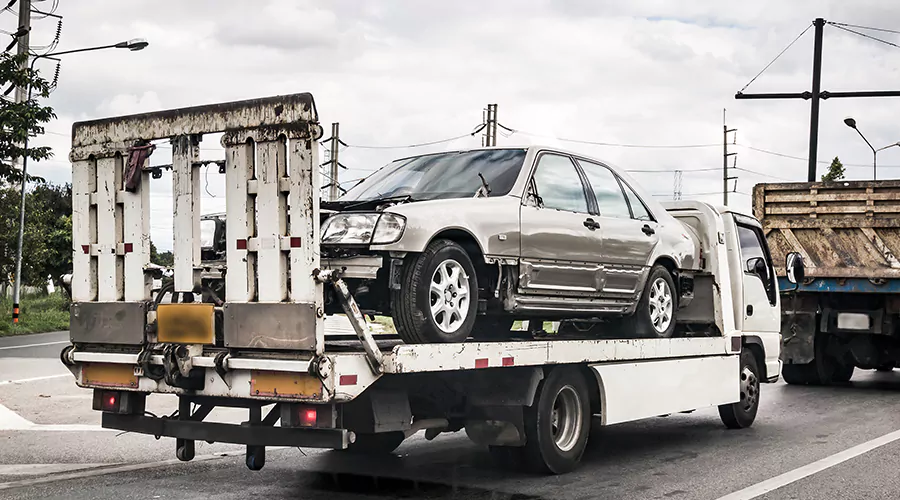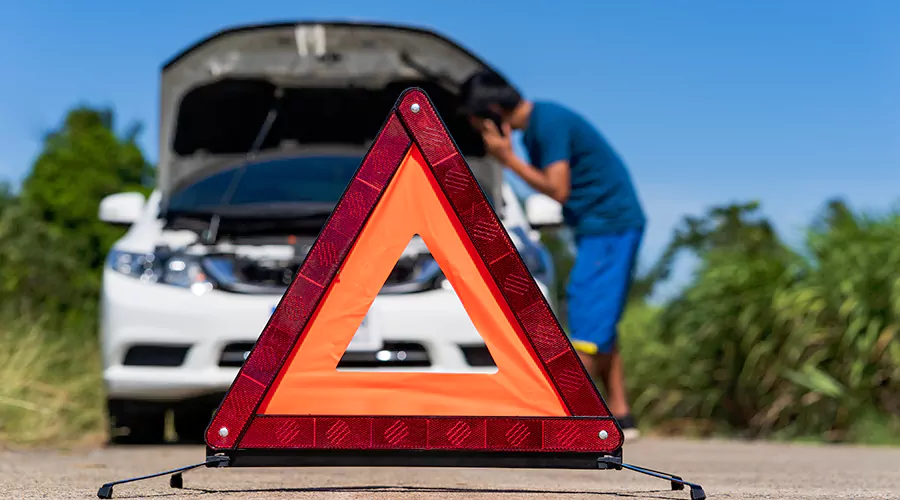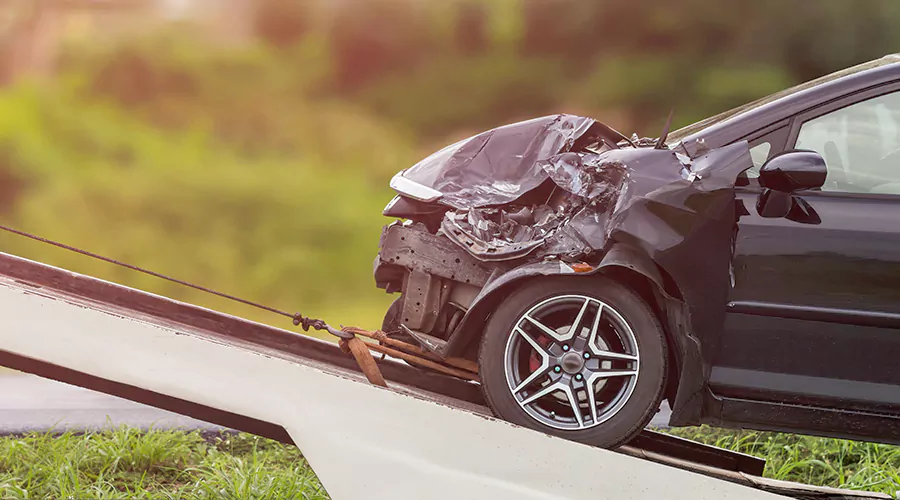How to Handle a Tire Blowout: Tips for Safe and Effective Response
A tire blowout can be a frightening experience, but knowing how to respond can help you maintain control and ensure safety. This guide offers practical tips for handling a tire blowout effectively.
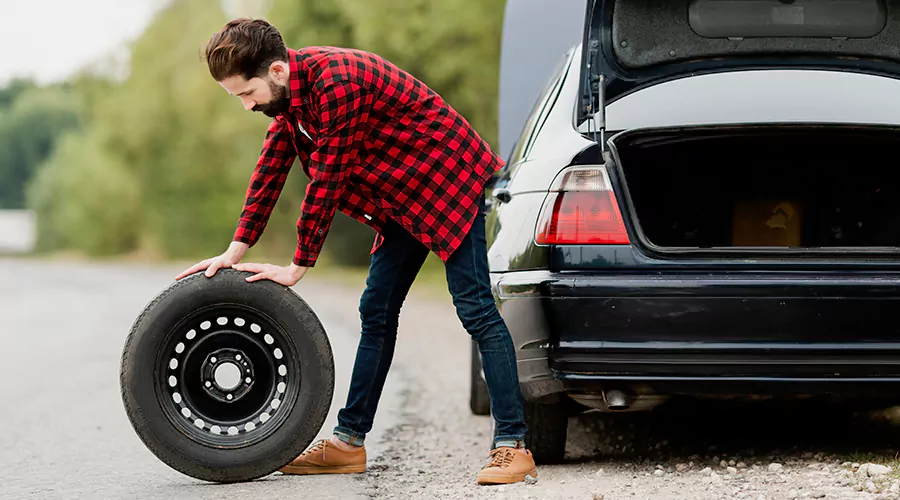
Immediate Actions
1. Maintain Control
When experiencing a tire blowout, focus on maintaining control of the vehicle. Avoid abrupt steering or braking, as this can lead to loss of control.
-
Steady Hands: Keep both hands on the steering wheel and avoid sudden movements.
-
Gradual Deceleration: Gradually slow down by easing off the accelerator and gently applying the brakes.
2. Pull Over Safely
Once you’ve regained control, steer the vehicle to a safe location, such as the shoulder of the road or a parking area.
-
Safe Location: Choose a safe area away from traffic to avoid additional risks.
-
Emergency Lights: Turn on your hazard lights to alert other drivers that you’re experiencing an issue.
Addressing the Blowout
1. Assess the Damage
Once you’re safely parked, assess the extent of the damage to the tire and determine whether you can change it yourself or need professional help.
-
Visual Inspection: Check the tire for visible signs of damage, such as a large tear or puncture.
-
Spare Tire: If you have a spare tire and the necessary tools, you may be able to change the tire yourself.
2. Change the Tire
If you’re changing the tire yourself, follow these steps:
-
Locate Tools: Gather the necessary tools, including a jack, lug wrench, and spare tire.
-
Jack Up the Vehicle: Use the jack to lift the vehicle off the ground. Follow the manufacturer’s instructions for proper use.
- Remove and Replace: Remove the damaged tire and replace it with the spare. Tighten the lug nuts securely and lower the vehicle.
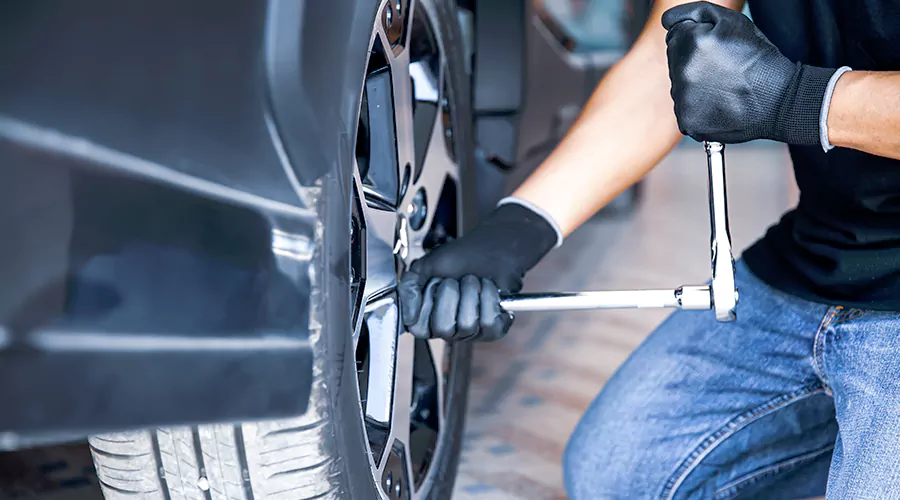
3. Seek Professional Help
If you’re unable to change the tire or if the blowout has caused additional damage, contact roadside assistance for help. They can provide towing or on-site repairs if needed.
-
Roadside Assistance: Call your roadside assistance provider for help with changing the tire or towing the vehicle.
-
Repair Shop: Consider taking the vehicle to a repair shop for a thorough inspection and any necessary repairs.
Post-Breakdown Actions
1. Inspect the Vehicle
After addressing the blowout, inspect the vehicle for any additional damage or issues that may need attention.
-
Visual Check: Look for signs of damage to the wheel, suspension, or other components.
- Professional Inspection: Have a mechanic inspect the vehicle if you suspect any underlying issues.
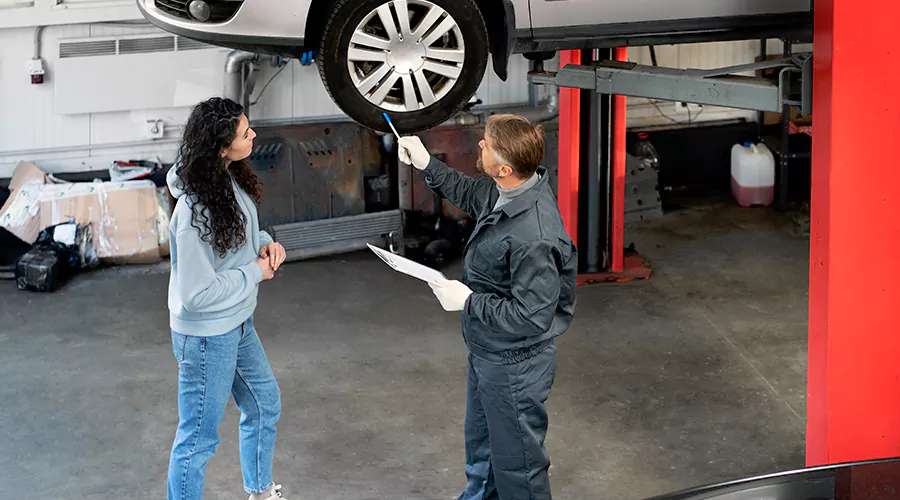
2. Review Tire Maintenance
Review your tire maintenance practices to prevent future blowouts. Regularly check tire pressure and inspect tires for wear and tear.
-
Tire Pressure: Maintain proper tire pressure to ensure optimal performance and reduce the risk of blowouts.
-
Regular Inspections: Inspect tires regularly for signs of damage or wear and replace them as needed.
